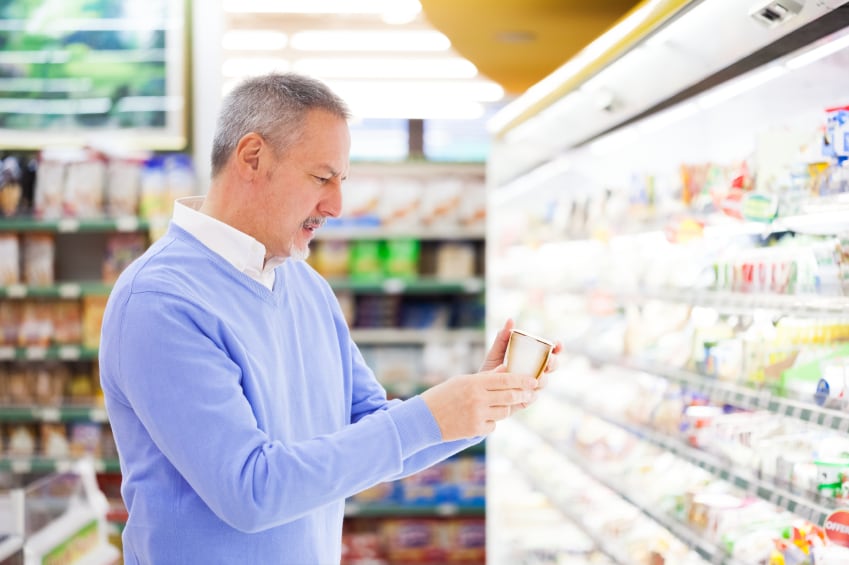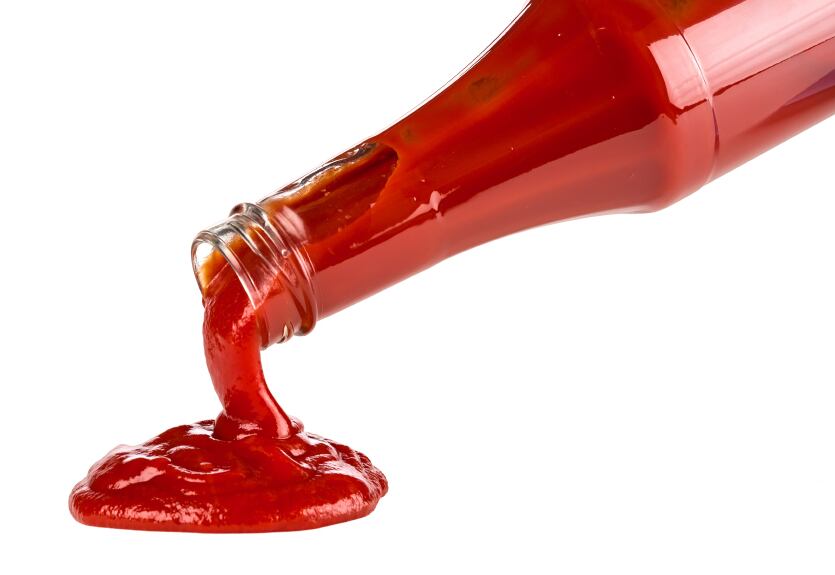FoodQualityNews spoke to Thermo Fisher Scientific on quality control applications for rheological instruments and how to ensure product consistency.
Meeting consumer expectations
Klaus Oldoerp, senior application specialist of rheology at Thermo Fisher Scientific, told us rheology can help with whether a product meets expectations of the consumer.
“When we are looking at food there are many different types of products. We can look at two different areas: one is production and the related quality control and the other side is consumer perception,” he said.

“Most food products are made based on renewable materials and there, already, part of the trouble starts. The renewable materials always have different properties depending on from what area you buy them or what time of the year you need them.
“But the customer expects no matter when or where he buys something if it’s that brand that is on the glass of strawberry jam for example it has always to be the same taste, quality and texture. If you would give the customer a different product under the same label it could mean they will reject it and try and different brand.
“According to my experience, if it is the little guy on the market square selling homemade jams the consumer says ‘ok it is homemade it is something that can change’ but a significant part of a products success is whether it meets expectations and has the same quality.”
Viscosity is the best known rheological property and for a good reason, said Oldoerp.
“To an increasing degree industry understands the importance of rheology. For R&D it is usually a spread of different rheological properties. When you have a food that is somehow liquid such as a sauce viscosity is going to be tested.
“When you get to something more gel-like like marmalade or peanut butter, anything that is not flowing under its own weight, then other tests like the yield stress become very important. Yield stress is important as it influences, together with the viscosity, the mouth-feel, does it feel rich or does it just feel like water.”
Product development or quality control
How rheological measurements are performed varies depending on what is being done.
“If we are talking about product development then usually there is more time and need to understand the whole product with all its properties. Usually you play around with different formulations and do these tests as they are needed.
“If you are doing quality control and close to production it is not a question of getting the scientifically correct result, time pressure is an important thing, especially when you have a test to determine if we are currently producing the right product.”
Oldoerp gave the example of peanut butter.
“So you have peanut butter, you take a glass from production, go to the lab and give it some time, in the meantime you would have hundreds of glasses running through the line which may be the wrong quality.
“So what you need is a quick and dirty process, the most simple method we do for peanut butter is we use one of our smaller QC rheometers, the HAAKE Viscotester iQ, and we give it a vane rotor so not really measuring geometry - which is from the scientific point of view giving an absolute result.
“The customer can take the glass with the peanut butter, lower the vane rotor into it, do a quick test and get a number. Based on that number and the experience of the operators they can judge is the product I am getting off my production correct or not.
“If you test viscosity or a yield stress and the numbers would get too high (for peanut butter) if would be very inconvenient to get it out of the glass, if the numbers would get too low the material would start to flow and it would flow from the hot slice of toast.”
Lessons from other industries
For the food industry the behaviour of fats is an important thing, said Oldoerp.
“For chocolate the melting and crystallisation behaviour of the fats is really important as it feels pleasant in the mouth.
“We are using a method combination where we have our rheometer combined with a microscope unit sitting on the lower side of the rheometer to spot where the crystals appear.
“We have also combined an FTIR spectrometer with a rheometer so you can get the mechanical data from the rheometer and at the same time on the same sample you also get the spectra which also tells you something from the chemical side. We did this with Raman with a focus on the polymer sector but we have had several requests from the food sector for products which change like baking dough.”
Over the last five to 10 years industry has recognized rheology helps make a successful product on the market, said Oldoerp.
“It has been recognized by industry that only testing viscosity is in many cases not sufficient. So they needed more complex methods but the operators usually are not trained. In many cases the people working at the production line are not scientists, they have to keep the line running and they need something easy to handle and failure-proof.
“At the same time the demand is you are able to operate that instrument without being a scientist and still be sure the result is reliable. We added features to the HAAKE Viscotester iQ so it is capable of checking the right temperature or the right level of filling of the measuring geometry has been done.
“We used the data evaluation methods from different national and international standards and put them into the software so you can press a button and you get a result according to this or that standard.”
3-D printing, changing packaging and health sector
3-D printing in food has increased the demand on rheological test methods.
“You need a product which has specific properties, you need to be able to dose it, it has to squeeze through the nozzle but if you make a little figure or something to decorate a cake it has to stay at that point it shouldn’t be something gooey that flows around and destroys what you have placed at that spot,” said Oldoerp.

“New developments in food packaging like tomato ketchup, originally that was filled in glass bottles, you had a very wide opening at the top, you are used to shake it and pour it out. Several years ago companies started to introduce plastic bottles that are usually sitting upside down on the lid so you can conveniently squeeze the product out.
“But this now means you have a small opening in the cap and as a consumer you don’t want to use too much force to squeeze it out and sometimes this is differentiated between products made for grown-ups and those made for children as children are usually weaker.
“They start with ketchup and now make BBQ sauce with different recipes, different ingredients but the same shape and size of container for brand conformity and also the same capsule so you don’t have to design for every product a different cap.”
Oldeorp said special kinds of foods for people who are not in good health, for example those who have swallowing disorders is a topic becoming more important.
“Researchers have found out if food has certain rheological properties than it can be easily consumed by people who have Dysphagia.
“You can then either design a special kind of food that contains certain ingredients or some companies offer these ingredients and you can take your orange juice mix something inside and then still drink that if you suffer from an eating disorder.
“Also, special kind of food made for the health sector and elderly people is in growing demand since society gets older and older.”
Managing long shelf life
Rheology on products with a long shelf life is a point it is asked about frequently, said Oldoerp.
“Many methods have been developed, the classical approach would be you hold back a sample and test it again after several days, weeks or months depending on the intended shelf life.
“Some food manufacturers try to copy a method developed for cosmetic emulsions by a rheologist from Hamburg called Rüdiger Brummer, the former head of Beiersdorf’s department for Rheology and Thermal Analysis which was using a temperature profile between heating up and freezing a product to see if whether we can get results in a test of two or three hours and based on that get an answer of the stability over half a year.
“For cosmetics it worked pretty well while for food it is something that is tried. You never know how long the product stands on the shelf and if you do your tests over some weeks with a product you have held back and then you find after six weeks the product is not going to be good you are in trouble because the batch has been sold already.
“Then you get complaints, probably the complaints are coming in earlier than you get the result.”
